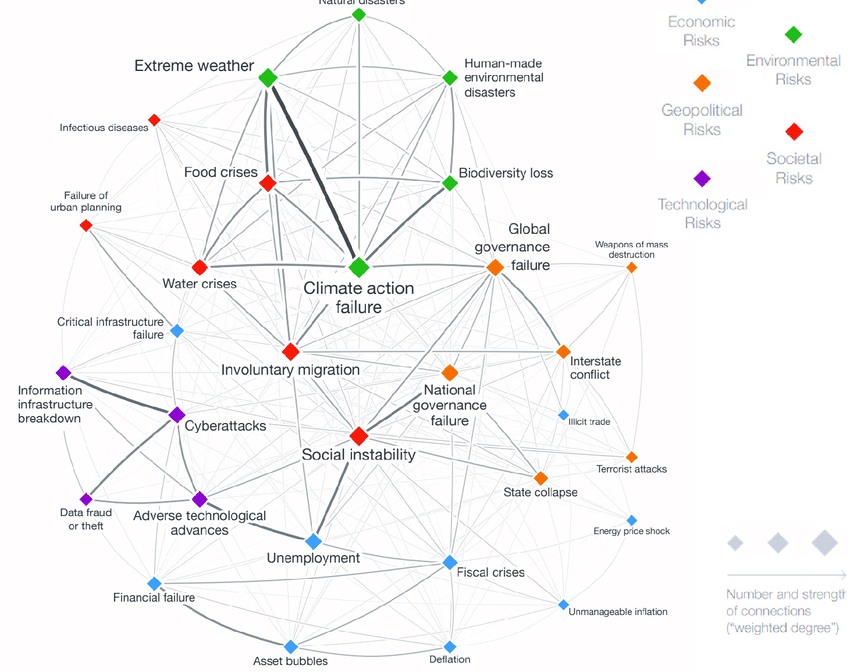To those of us who are particularly civic-minded, few news alerts are more anxiety-inducing than those in which the U.S. military’s most broadly-encompassing actions are put under the microscope. The textbook example in this journalistic sub-genre involves the military’s notorious inability to account for its own spending. But, close behind stories like this, and possibly giving even more cause for concern, are those related to data breaches. Given the military’s all-in bet on 3D printing in recent years, it was only a matter of time before we saw a story involving the vulnerability of the military’s proprietary additive manufacturing (AM) technology.
According to a July 1 report by the Pentagon’s Office of Inspector General (the parts we’re allowed to see, anyway; the report was heavily redacted), the military’s rapidly growing operations into the 3D printing industry are plagued by shoddy cybersecurity. For instance, the report’s authors suggest that “…if malicious actors change the AM design data, the changes could affect the end strength and utility of the 3D printed products.”

The aircraft carrier USS Ronald Reagan and ships from the Ronald Reagan Carrier Strike Group and the Indian navy transit the Pacific Ocean during a bilateral training operation. UConn engineers have devised a way for a ship’s crew to identify the exact location of any mechanical trouble and repair or replace the part while still at sea. [Image: Getty Images]
“The need to update operating systems is critical to protecting the AM computers and the printers connected to them. For example, in 2019, Microsoft issued over 197 operating system updates to fix security vulnerabilities, one of which fixed a vulnerability that allowed attackers to gain unauthorized access to a single computer and then use that access to log into other computers,” according to the IG report.
This sounds terrifying enough on the surface to make even an ordinary citizen like myself wish I had lots of money to throw at the problem; but how big of a deal is it, really?
One reason stories like this never stop popping up is the simple fact that the Department of Defense is—to understate the matter—gargantuan. You don’t have to be a Taoist to understand that the more things you own, the more things you have for thieves to steal (although the Tao Te Ching would certainly phrase the idea more beautifully). Additionally, the serious potential for harm due to security breaches in the 3D printing realm specifically is hardly something that hasn’t been pointed out before (Not to mention the potential for security breaches produced by additive manufacturing!). Indeed, just by knowing that the Pentagon was going to be investing huge amounts of capital and labor into this field, one could’ve easily also predicted the equivalent, paralleling prize this created for global actors looking to cash in on valuable data.
The real story this all tells, then, is the exact extent to which 3D printing is becoming a vital part of economic planning everywhere on the planet; you don’t have to read national security position papers on the matter to understand this, but they’re easy to find. In other words, you have to read into reports like the one released by the Pentagon in negative: if interested parties are already this concerned about protecting their investment, that means there will be more and more to protect in the coming years. It shouldn’t convince anyone that the future of 3D printing is in closing off information: if the United States is really worried about competing with powers like, I don’t know, China, then maybe the Pentagon should come up with ideas like giving hundreds of thousands of schoolchildren 3D printers. The future of how this technology in particular is used will not be determined by how closely its trade secrets can be protected, but by how much the consumer demand of the individual leads to constantly increasing ingenuity and innovation concerning how 3D printing can be used: and this means the more openness, the better.
Subscribe to Our Email Newsletter
Stay up-to-date on all the latest news from the 3D printing industry and receive information and offers from third party vendors.
Print Services
Upload your 3D Models and get them printed quickly and efficiently.
You May Also Like
Stratasys’s Aerospace Push: How 3D Printing Is Powering Drones, Space, and Defense Readiness
When Foster Ferguson joined Stratasys after a long career in the U.S. Marine Corps, he brought with him a logistics mindset: every mission succeeds or fails on readiness. That same...
3D Printing News Briefs, October 8, 2025: CSAM Research, 3D Printed Product Warning, & More
In today’s 3D Printing News Briefs, Florida International University acquired a WarpSPEE3D printer from SPEE3D for rapid production of large-scale metal parts. QuickParts announced an extension to its 3D printing...
Who’s Investing in 3D Printing in 2025? The Buyers and Backers to Watch
Funding for additive manufacturing (AM) isn’t as easy to come by as it was a few years ago. There are fewer deals, diligence is tougher, and investors want a clear...
All Systems Go: Vaya Space Proves Why 3D Printing and the Space Industry Need Each Other
The space industry has always attracted systems thinkers, and it’s pretty obvious why that’s the case. You have to be able to view the world in terms of a “big...





































